Perhaps it’s a bit like listening to songs on the radio, songs you like a lot, songs you learn by heart even though you don’t work at memorization.
You listen, and listen again, and then, for whatever reason, you buy the whole album. Part of the motivation is access—you can now listen whenever you wish. Part of the motivation is ownership—you now have an investment in this particular art. And part of the motivation is surprise—there are songs on the album you don’t know, that never got played on the radio. There is freshness, new ideas to explore. And you can linger, repeat, play the same song 100 times in a row if you wish. You can go out of order and follow your own pathway through the work.
This is very much my reaction to Stephen Guenther’s new book: Remnants: A Small Remaining Quantity of Something.
Stephen Guenther: Remnants: A Small Remaining Quantity of Something
Self-published, 2025
Review by W. Scott Olsen
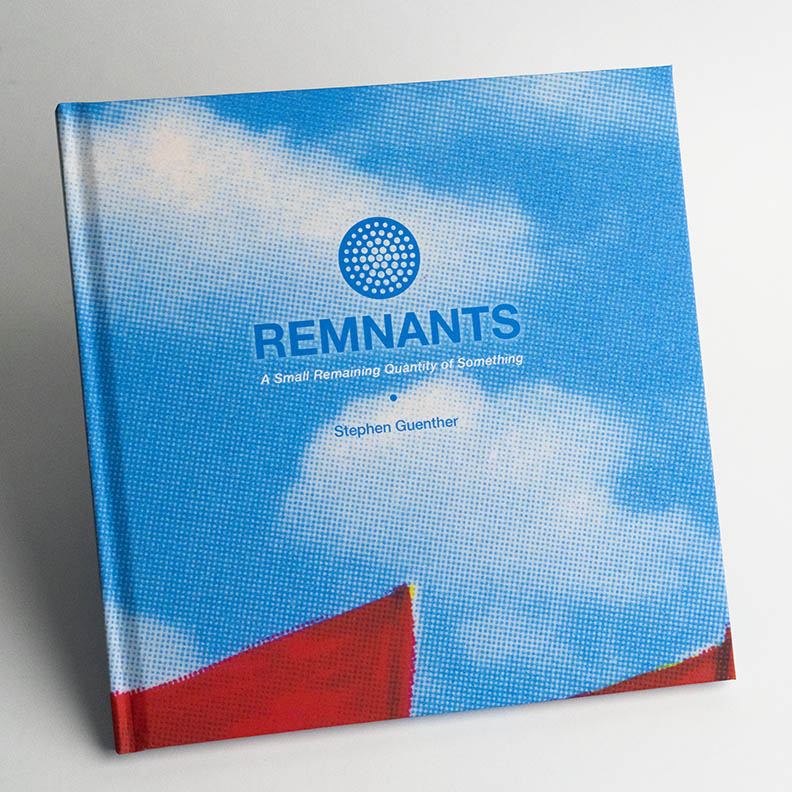
To be clear, this is not new work to me. Stephen is no stranger to the FRAMES community. His work was in Volume 14 of the magazine, in the “Beyond” section. On October 25, 2022, I had the good fortune to chat with him on the podcast series. And then again, on July 4, 2024, I spoke with Stephen about this very project, Remnants, once more on the FRAMES Magazine Podcast, which you can find here.
And to be clear, I find his work mesmerizing. Stephen’s eye is called to texture, to shape, to color, to everyday patterns that become apparent only when you change your way of looking. Viewing his work, I feel the joy of a familiar world completely remade in ways I cannot expect.
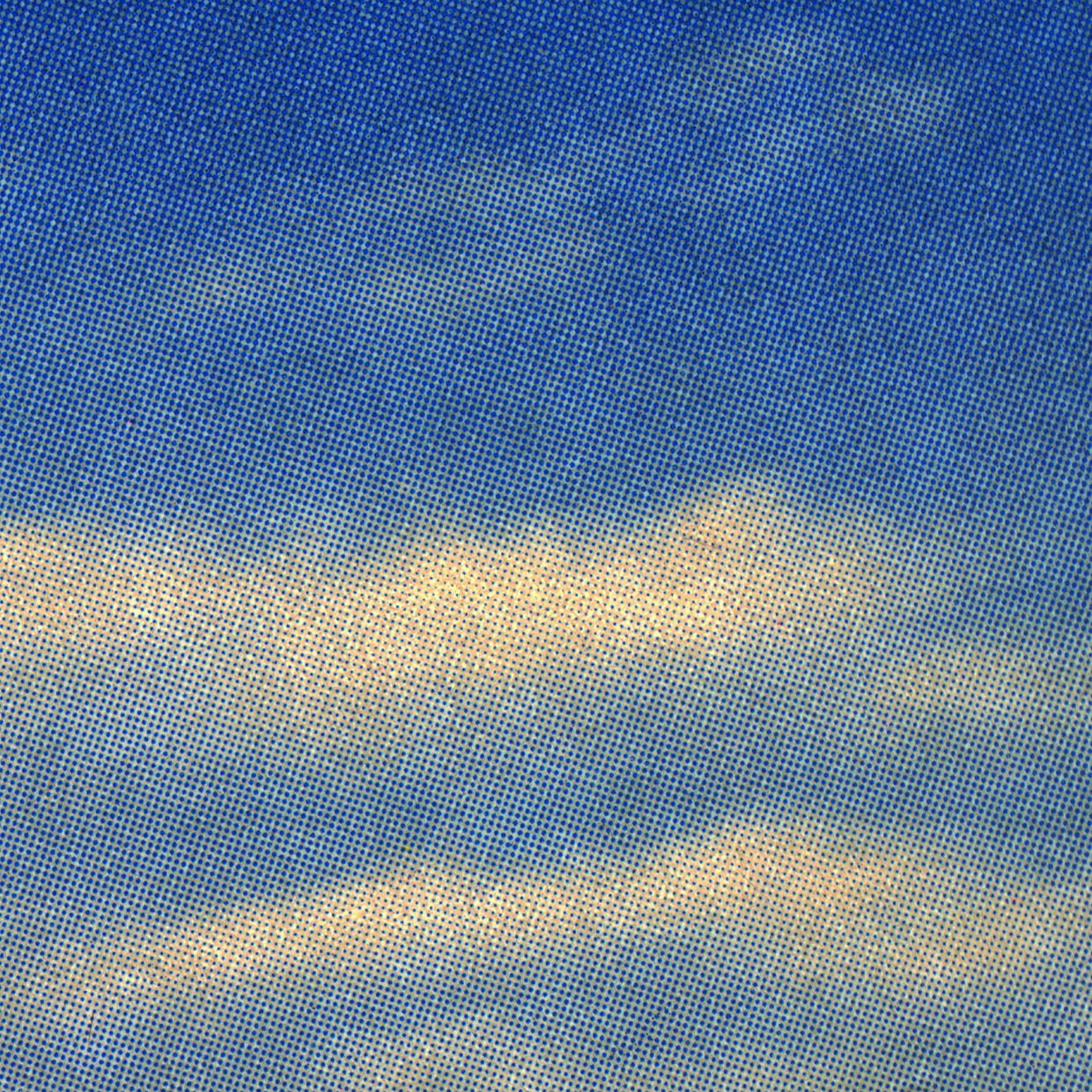
However, even though I have admired Stephen’s work in the past, both this project and his other work have a special appeal. Think about owning the whole album.
As he writes in a small bit of preface, “During Covid and the inability to travel, I found myself going through a box of vintage color postcards looking at the images as if through a viewfinder. Within those frames, one would begin to select a portion that would make an interesting image or print, sort of an “image within an image.” The enlarged lithography dot pattern added an abstract edge to the images and allowed me to present a unique vision.”
The postcards, it should be noted, had personal depth. Some belonged to his parents. Some were his originally. All were saved.
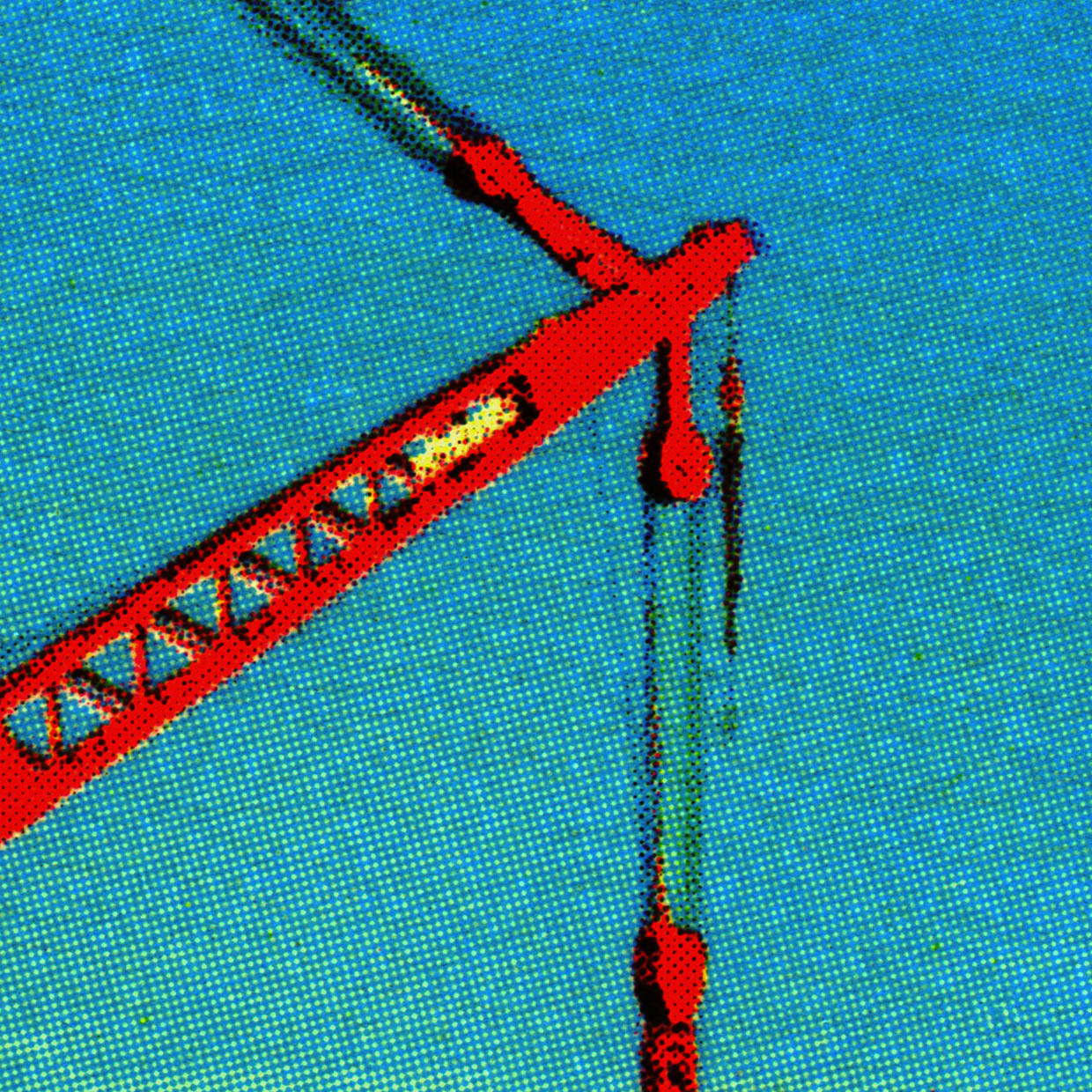
So, as he said during the second podcast, “I started looking at things through a macro lens: in this case, a collection of vintage postcards. And I’ve always seen postcards, even the sort of banal, general postcards of travel, as kind of viewfinders. And as I looked at them, I noticed that, just like when you’re in a landscape and you’re looking for something to photograph, you hone in on something. There is something more interesting in the image than the full image. So, I started looking at rephotographing, even tried some scanning to see if I could find an image that had a graphic feel to it, and a visual interest. Some of these sections are blown up 2400%. The postcards were all done using high-speed lithography, so there are multiple dot patterns in there to create the color. If you look at them with a magnifying glass, you see the dots that create the image. When you back away, your eye fills in the blanks and creates an image. But a lot of times on these large web printers, the postcards are on, there are imperfections, there is misalignment. Some of those are pretty interesting.”
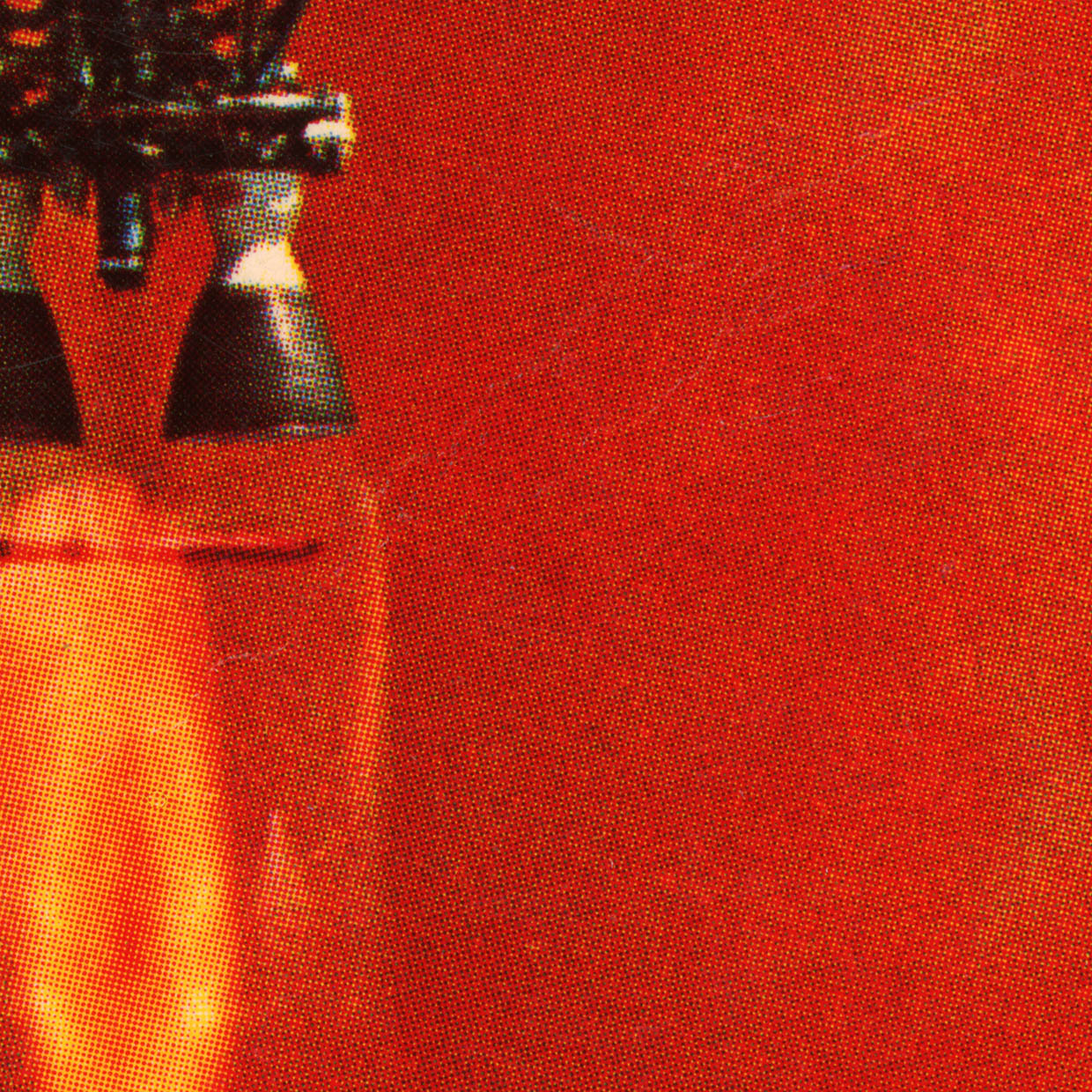
Imagine one square inch of a standard postcard printed at 36 inches square.
Remnants: A Small Remaining Quantity of Something is a small book. The 25 bright color images are only on the right side, and holding this book in your hands is an effortless invitation to linger on each image, to wonder what the original postcard may have been, to get imaginatively lost in the geometry of the dot patterns, to marvel at the pleasure of Stephen’s close look.
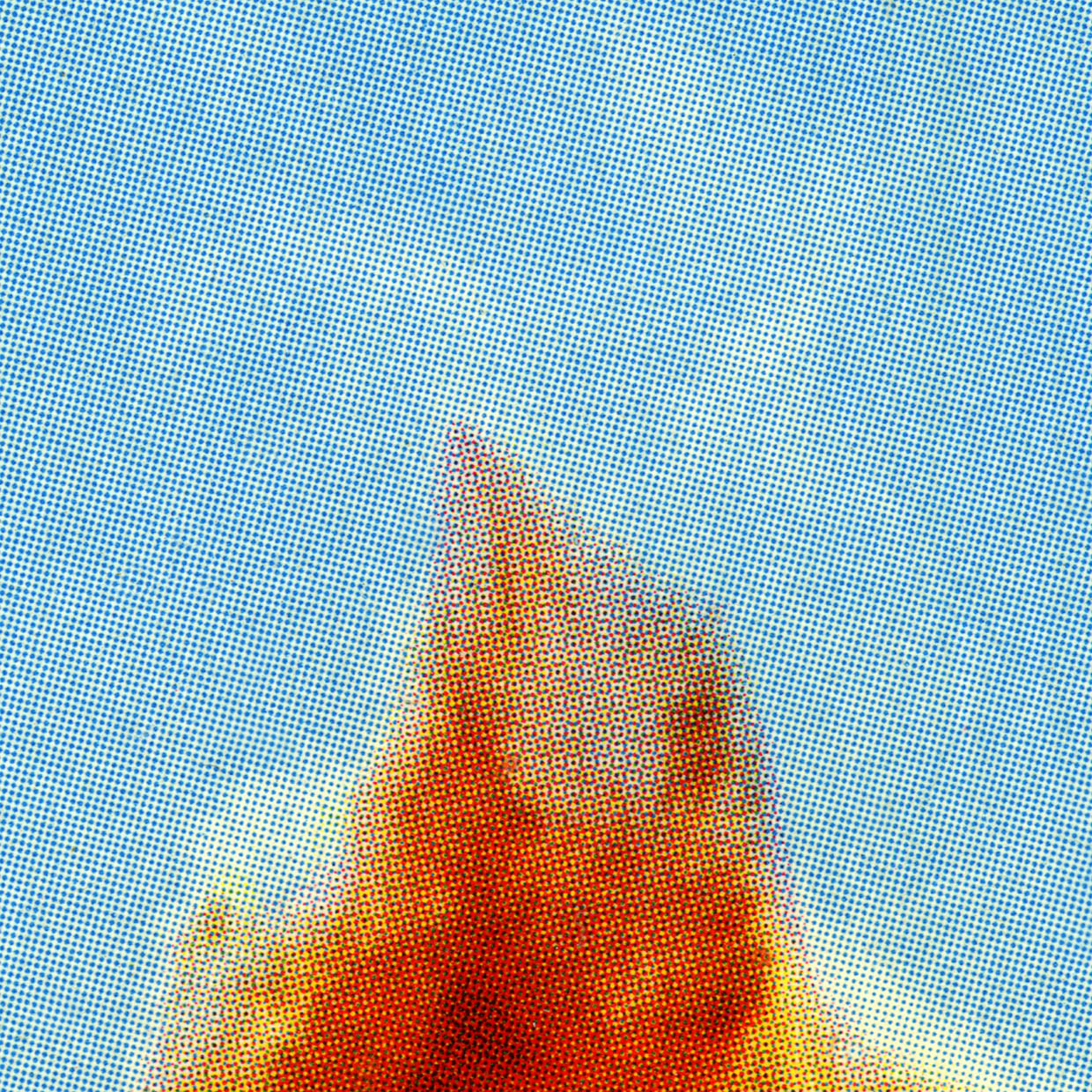
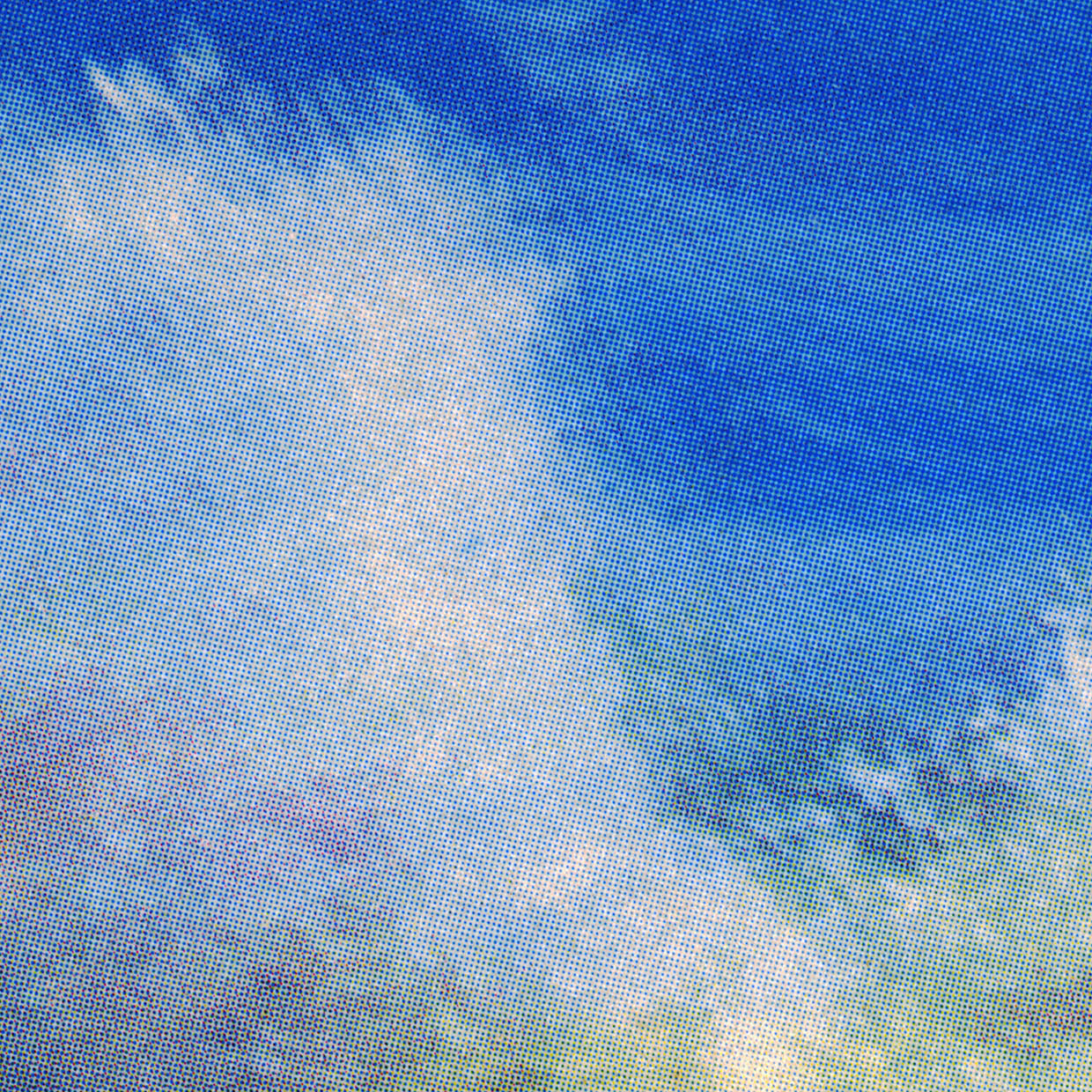
This work is not, I would argue, abstract photography. Perhaps it’s just macro photography focused on a really interesting subject or discovery. But in truth, I think it’s more like an unveiling. Look closely, he says, and see what’s revealed. There are the colors and shapes. And there is your own imagination, too.
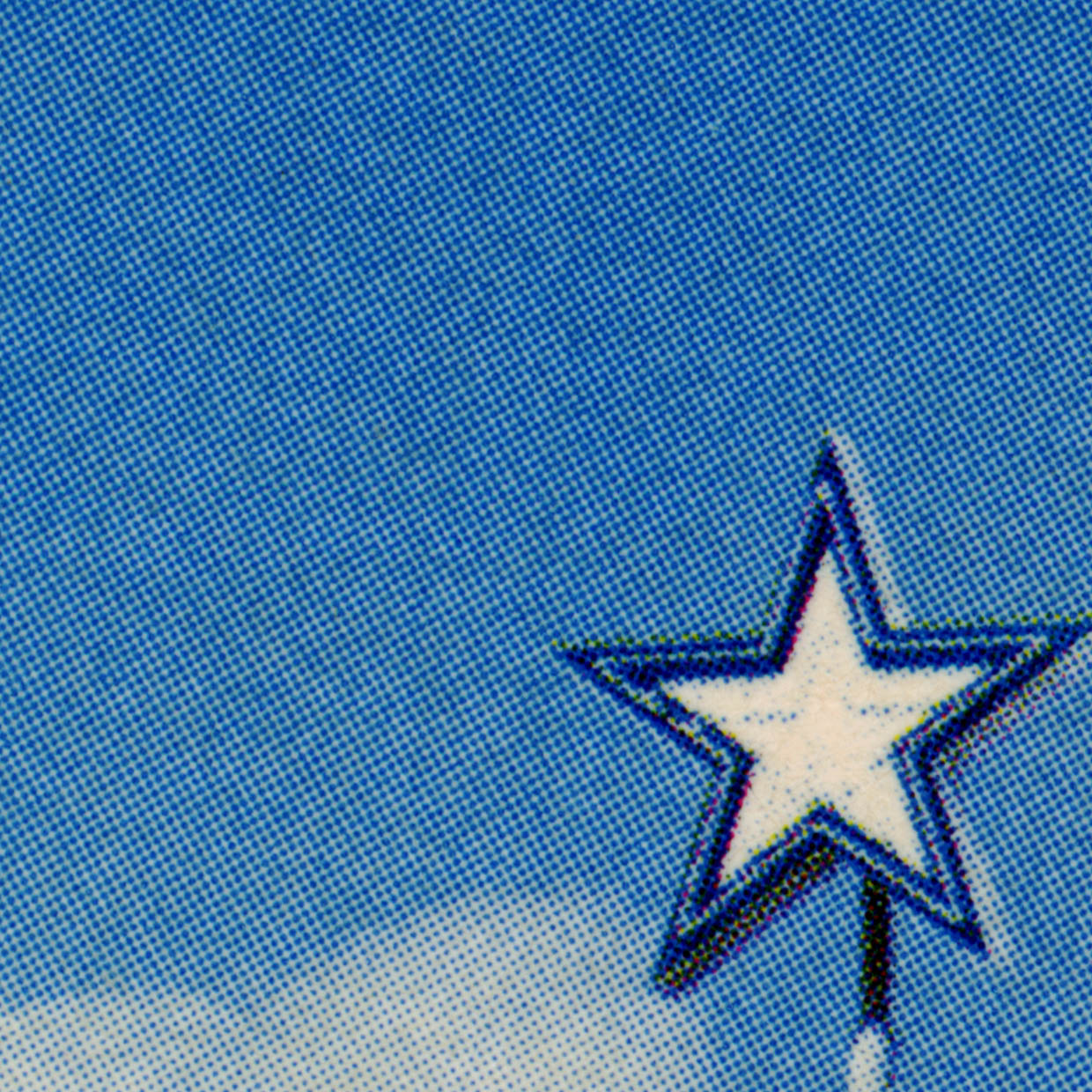
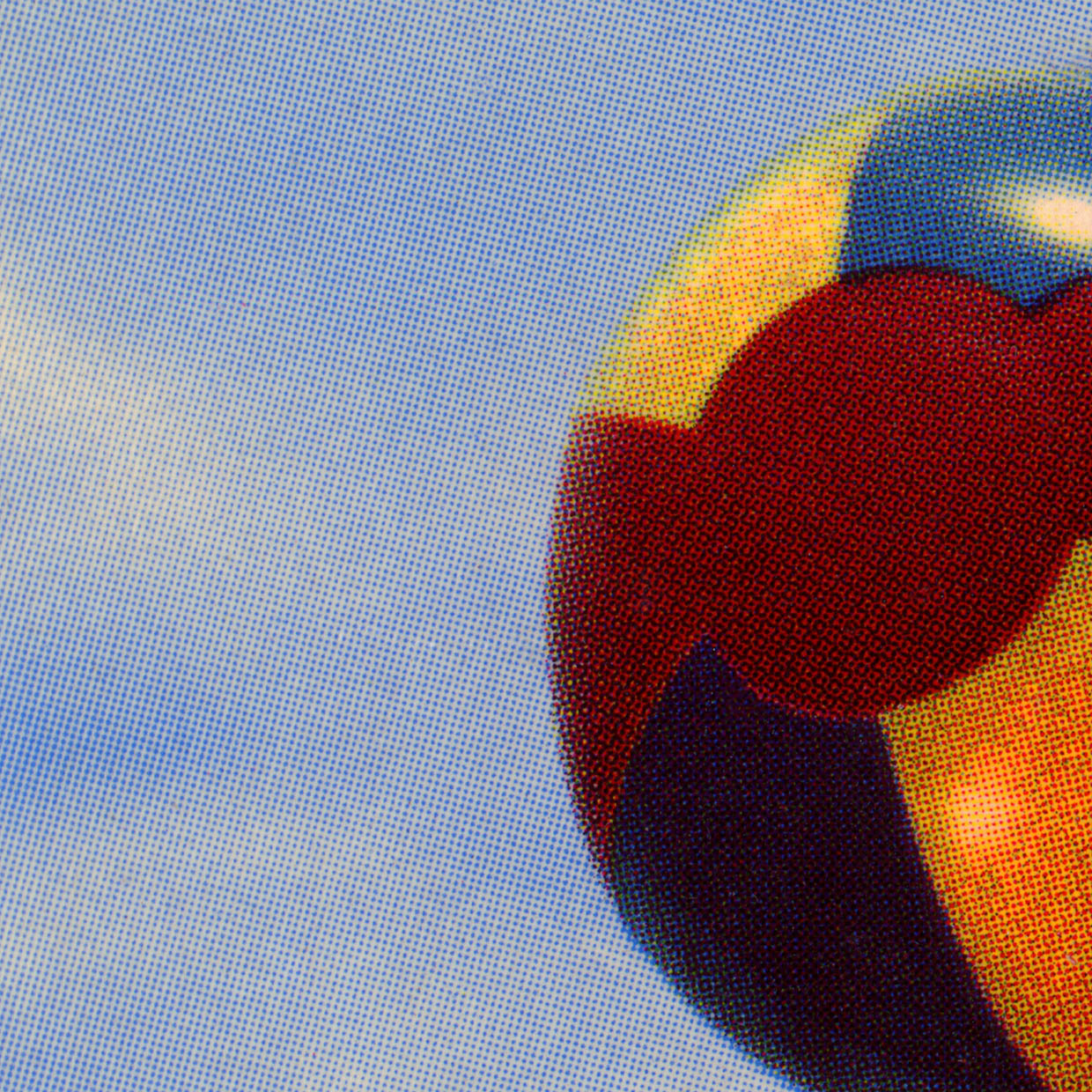
A note from FRAMES: Please let us know if you have an upcoming or recently published photography book.

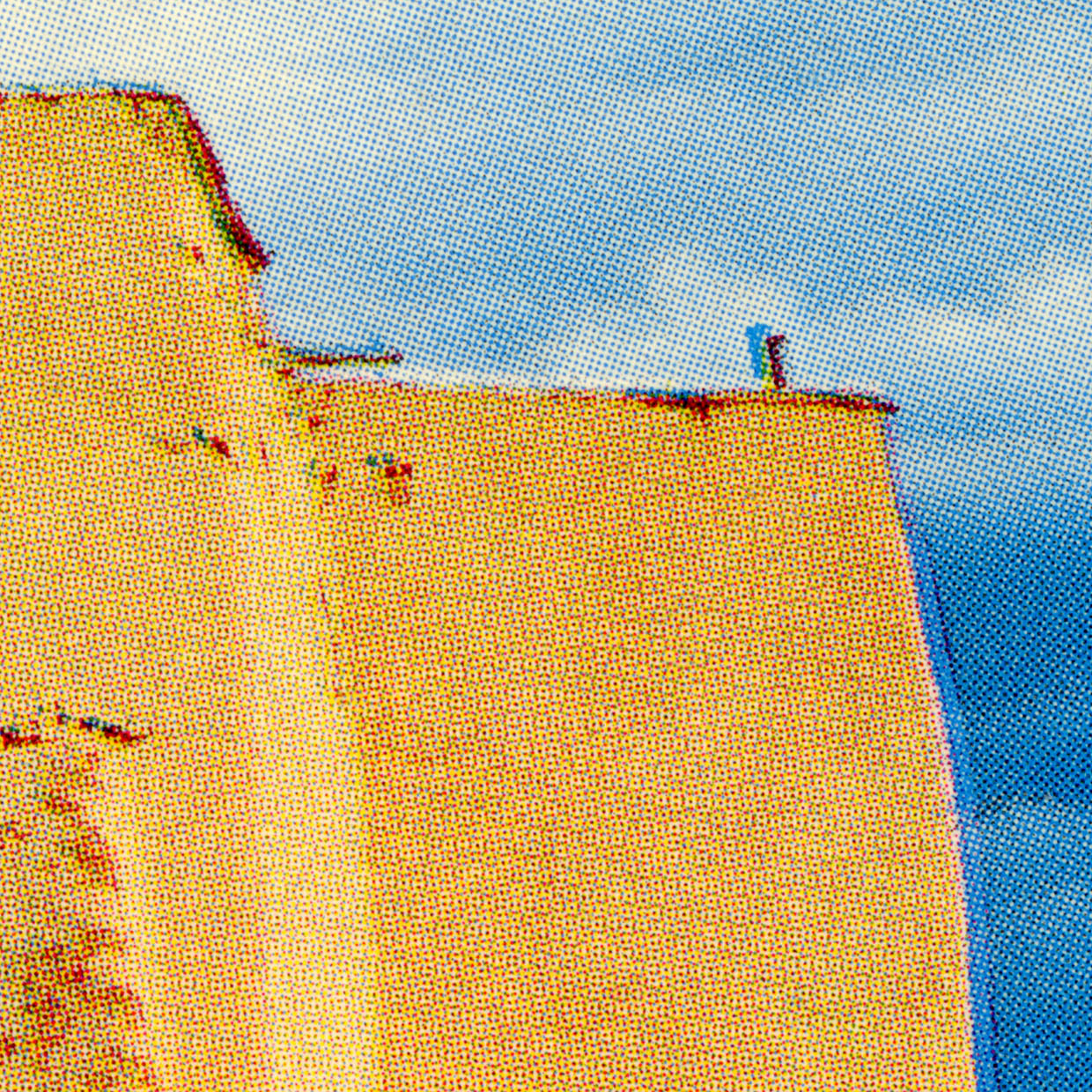


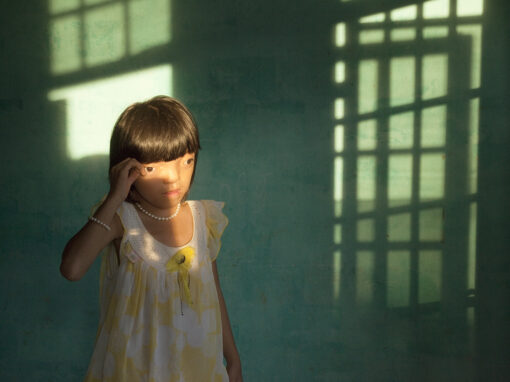
Linda Davis
June 23, 2025 at 15:35
Loved this and found it inspiring! Will have to take a second look at my post card collection! Thanks for sharing Stephen!
Blair Holmes
June 26, 2025 at 18:39
Terrific work and a great show too. Seeing the pieces large and in person is a real treat!